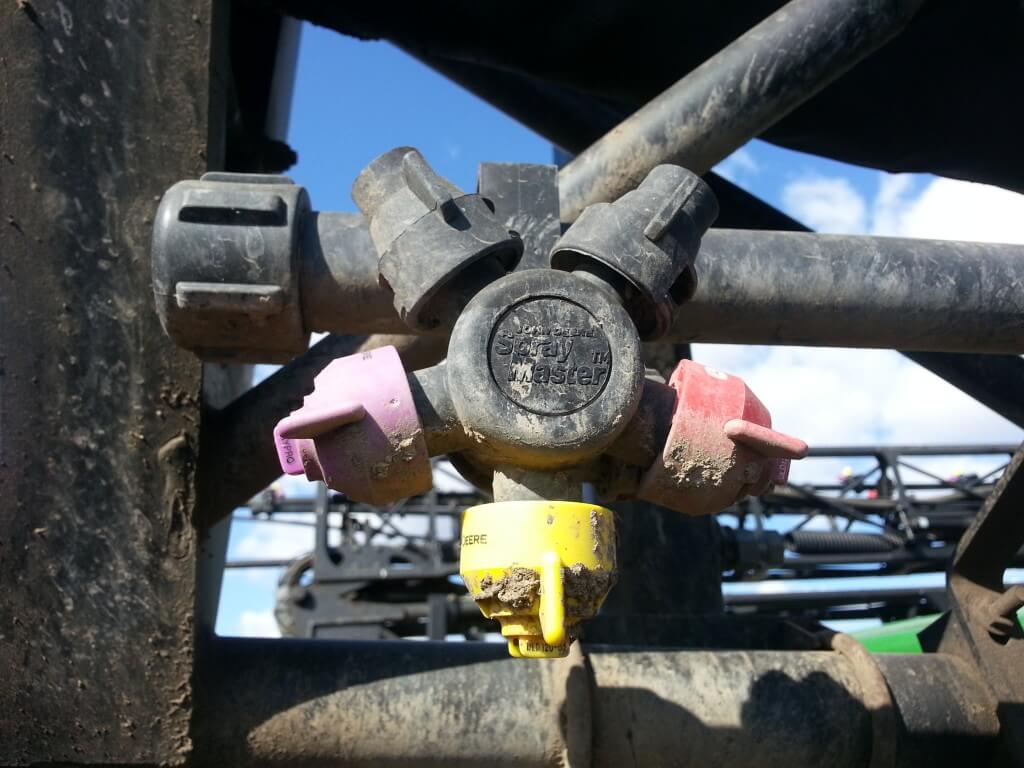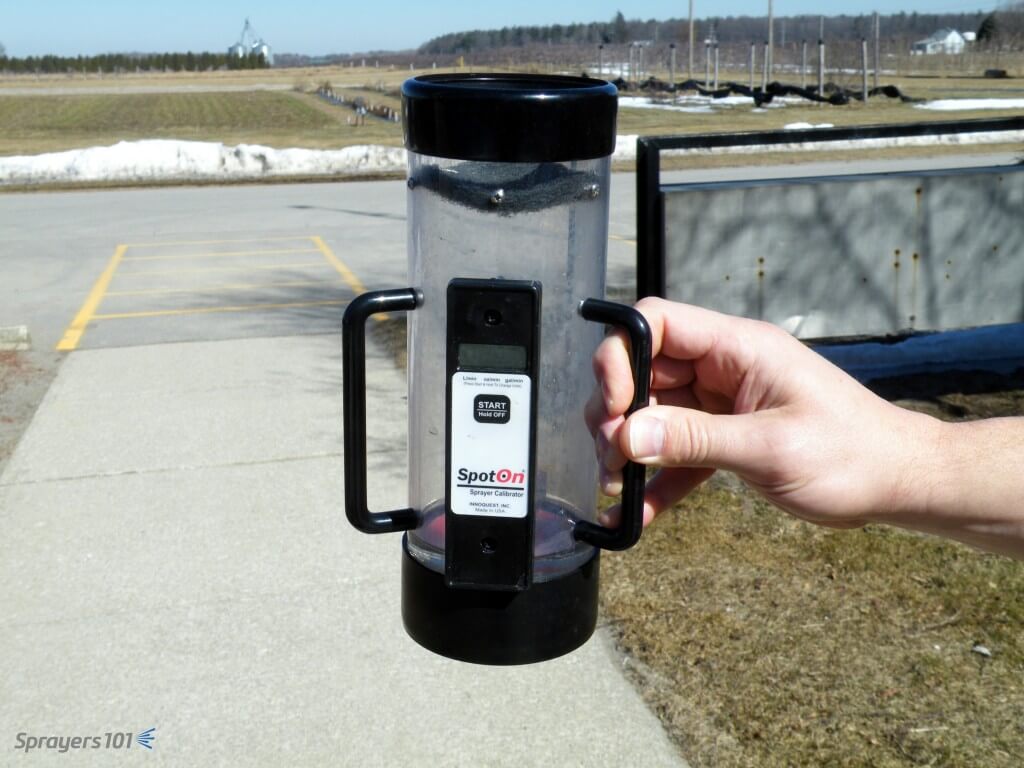
Picking the correct nozzle for a spray job can be a daunting task. There is a lot of product selection, and a lot of different features. We try to break the process down into four steps. 1. Identify Your Needs Before making any assumptions about the right nozzle for you, review your needs and objectives. […]



